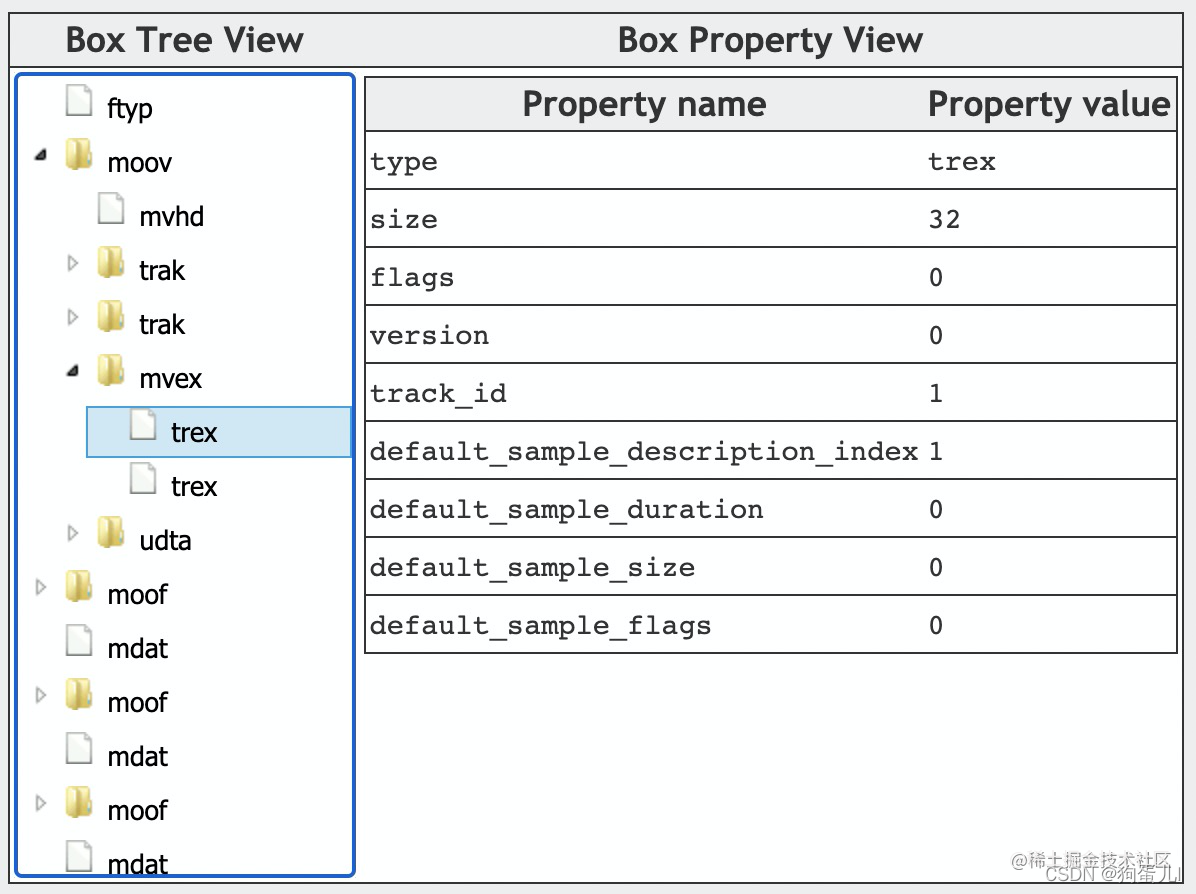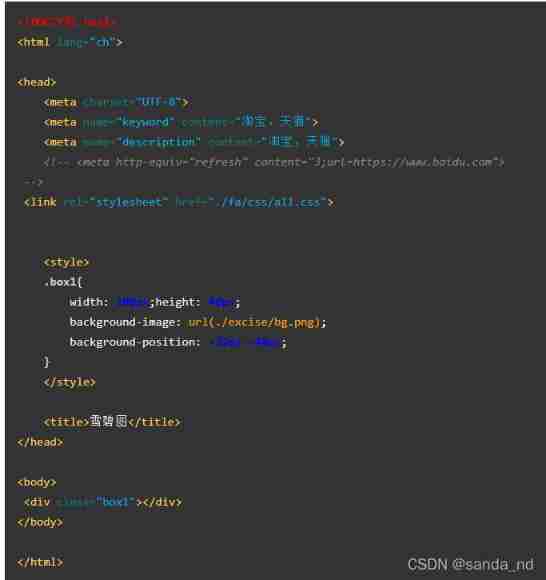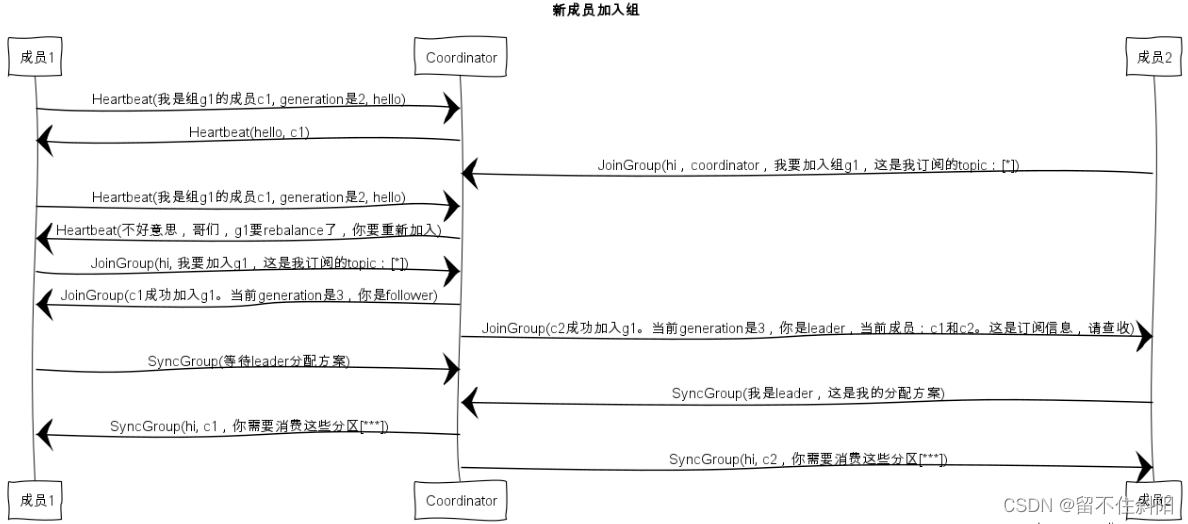当前位置:网站首页>Some instructions on whether to call destructor when QT window closes and application stops
Some instructions on whether to call destructor when QT window closes and application stops
2022-07-06 16:53:00 【Flower dog fdog】
I have been imitating these days QQ Make an instant messaging software , The process is not very smooth , When the window closes , Applications still exist , The application ended abnormally , Close subwindow , The main window closes , So I summarized some contents , Convenient for future access .


If you are interested in this project, you can go to GitHub:https://github.com/FdogMain/FdogInstantMessaging
main Function , Windows created on the stack , Call destructor automatically when closing , This situation cannot be used this->setAttribute(Qt::WA_DeleteOnClose);, An exception occurs when closing , If it is created on the heap , You can use this->setAttribute(Qt::WA_DeleteOnClose), When calling destructors , There will be no exceptions .
When the window is closed close function , This function sends a close event QCloseEvent, Then the window will be hidden , Ask if you want to close , Can intercept QCloseEvent event , Which is rewriting QCloseEvent, Users can choose to close , Or cancel .
In does not add Qt::WA_DeleteOnClose when , Choose to turn off , The window will disappear , Actually called hide, If you add it , In addition to the call hide, It also calls deleteLater Method to release the window , Without this attribute ,close and hide, also servisibel The function of is the same , It just hides the window object , It doesn't destroy objects .
stay main, Create a window on the stack A, close window A when , Will call the destructor .
If in this window A Create another window in the constructor of B, And in A In the destructor of B To release .
The first form :
MainWindow * b = new MainWindow();
When closing the window A, Then close the window B when , establish B The destructor of is called , window A The destructor of is called ( This closing method has obvious jamming , When off A, According to the rules ,B Should be turned off , Release , however B The window is also displayed on the desktop , Multiple runs , Find that there will still exist A The problem of non execution of deconstruction ( The printed statements in the destructor are not printed on the console ), So there are problems in this way )
In turn, , Close the window first B, Then close the window A,B The destructor of is called , window A The destructor of is called ( This closing method has no jamming , It's actually B The window is hidden , Failure to actively perform deconstruction , And in the A Passive execution in the destructor of , That's why it's closed B when , The display does not call B destructor , Shut down A when , To display the call B Cause of destructions )
We give the window B add to Qt::WA_DeleteOnClose Have a try ( Add... To the constructor setAttribute(Qt::WA_DeleteOnClose)), Because of the window B It's the window on the pile , have access to setAttribute(Qt::WA_DeleteOnClose)),
Or close the window first A, Then close the window B, Show that the window was called B Destructor of , Then there's an exception , This exception should be repeated destructions B Sent exception .
Put the window A About windows B Remove the released code , Show that the window was called B Destructor of , Call window A Destructor of , But there were no exceptions ( There's stuck , Multiple runs , Find that there will still exist A The problem of non execution of deconstruction ( The printed statements in the destructor are not printed on the console )).
Now the reverse is true , Close the window first B, Because of the window B Set up setAttribute(Qt::WA_DeleteOnClose)) attribute , The destructor is executed immediately , Then close the window A, If nothing happens , There should be an exception , Because of the window B Has been released , In the window A Release again B Abnormal transactions , hold A Release in destructor in B The code is commented again , function , The display calls the windows in turn B Destructor of , window A Destructor of ( No caton ).
The second form , Specify the parent window
MainWindow * b = new MainWindow(this);
A The window destructor has no write release B Window code case :
close A window ( Be released ),B The window closes ( Be released )( No caton ).
close B window ( Just hide ), close A window ( Be released )( No caton ).
Try again b add to setAttribute(Qt::WA_DeleteOnClose)) attribute , close B window , perform B destructor , To shut down A, perform A The analysis of ( No caton ).
close A window , perform A The analysis of , perform B The analysis of , also B The window is closed ( No caton ).
This is because QT The parent-child object mechanism of is at work , The reason lies in that this.
When we use the parent object to create an object , The parent object will add this object to its child object list . When the parent object is deleted , It will traverse its sub object class table and delete each sub object , Then the sub objects themselves delete their own sub objects , This calls recursively until all objects are deleted , So if new Out of the control , If a parent object is specified , We don't need to delete it manually .
Another discovery , If other controls are specified A Window as parent window , Will be embedded in A Window , however MainWindow Windows of this class will not be embedded
The opposite is not true .
But the above is only in the basic case , When I set the window property to borderless , After no taskbar and other different attributes , Close the window again , Destructors are not called automatically , In other words, the window is just closed , But the application itself has not been closed , The most obvious feature is when you close the window ,qt The output window of the application still shows red squares instead of green triangles .
At this time, you can add the following code where you want to close , The application will be closed .
QApplication* app;
app->quit();
There is also a situation where MainWindow Created in widget window , But one closes the last widget,MainWindow Will be shut down , Is it inconceivable , Before finding a solution , I can only judge whether it is the last widget, If it was me, I would hide , Instead of closing , for instance .
for example qq The main interface is MainWindow Double click friend generation widget window .
When closing these widget When the window comes to the last , The main window will close , One of the reasons for this symptom , Is to set the properties of the window
That is to use this function setWindowFlags(), In for a penny, in for a pound , Put this widget Add another attribute to the window setWindowFlag(Qt::CoverWindow);
This problem may not exist ~
Another problem is to close the window , The program may end abnormally , This mistake is also related to main The location of the window created in .
边栏推荐
- Gridhome, a static site generator that novices must know
- LeetCode 1558. Get the minimum number of function calls of the target array
- LeetCode 1641. Count the number of Lexicographic vowel strings
- LeetCode 1447. Simplest fraction
- Chapter III principles of MapReduce framework
- Story of [Kun Jintong]: talk about Chinese character coding and common character sets
- MP4格式详解
- Solve the single thread scheduling problem of intel12 generation core CPU (II)
- FLV格式详解
- 提交Spark应用的若干问题记录(sparklauncher with cluster deploy mode)
猜你喜欢

Simply try the new amp model of deepfacelab (deepfake)

字节跳动多篇论文入选 CVPR 2021,精选干货都在这里了

MP4格式详解

第五章 Yarn资源调度器

~76 sprite map

Error occurred during initialization of VM Could not reserve enough space for object heap

Chapter 7__ consumer_ offsets topic

字节跳动技术新人培训全记录:校招萌新成长指南

Shell_ 03_ environment variable

第6章 Rebalance详解
随机推荐
解决Intel12代酷睿CPU【小核载满,大核围观】的问题(WIN11)
~85 transition
Solr new core
Cmake Express
Spark独立集群动态上线下线Worker节点
7-8 likes (need to continue to improve)
Use JQ to realize the reverse selection of all and no selection at all - Feng Hao's blog
ByteDance open source Gan model compression framework, saving up to 97.8% of computing power - iccv 2021
第一章 MapReduce概述
Basic principles of video compression coding and audio compression coding
Spark independent cluster dynamic online and offline worker node
7-12 inventory code base
Codeforces Global Round 19
LeetCode 1638. Count the number of substrings with only one character difference
ffmpeg命令行使用
这群程序员中的「广告狂人」,把抖音广告做成了AR游戏
Soft music -js find the number of times that character appears in the string - Feng Hao's blog
DS18B20数字温度计系统设计
~75 background
~86m rabbit practice